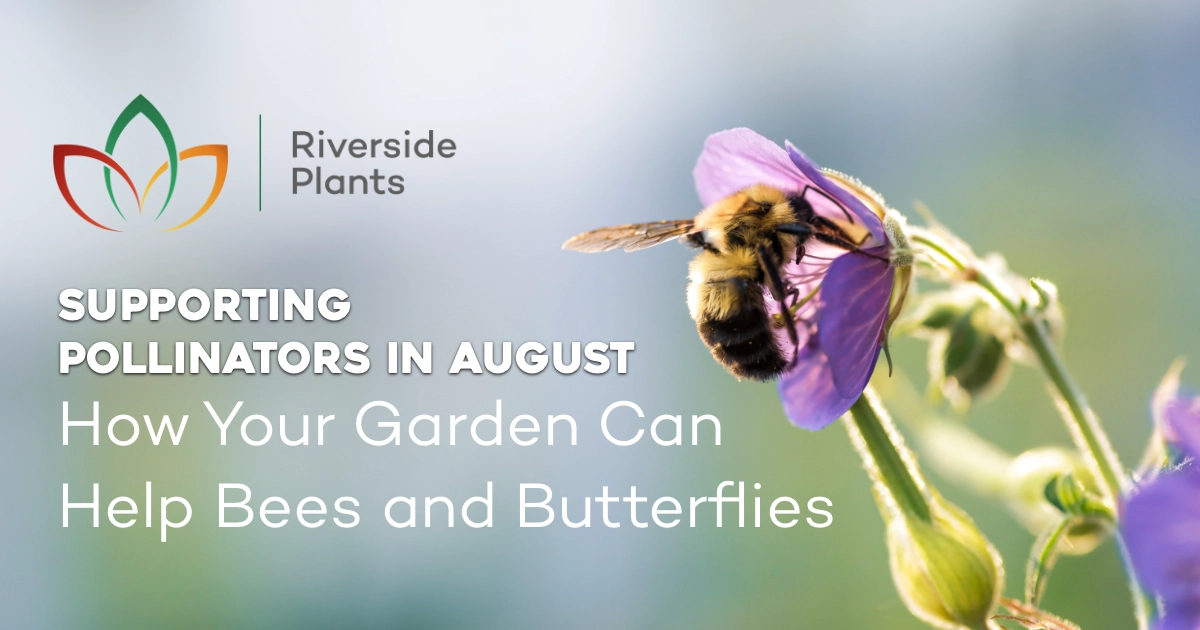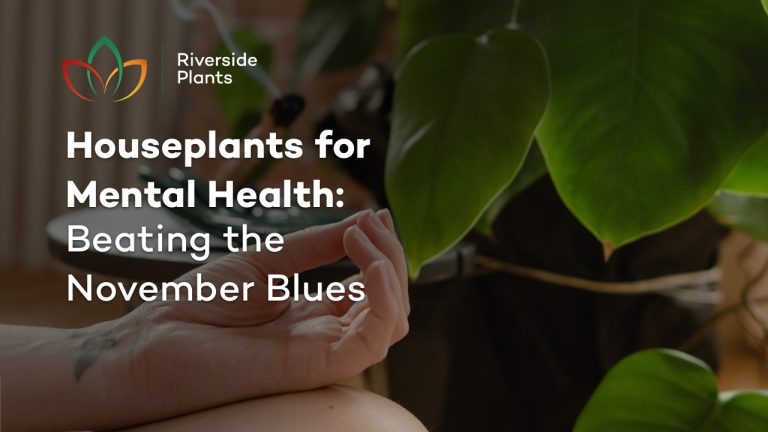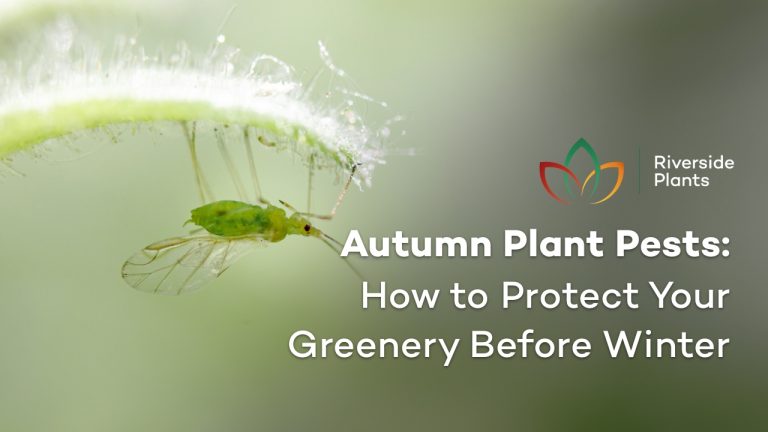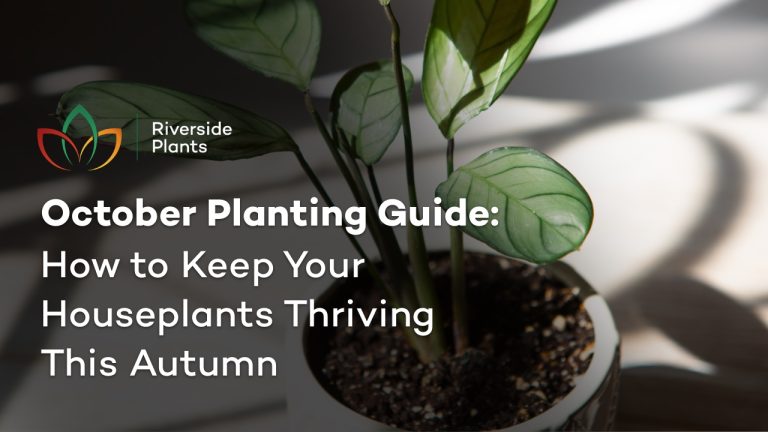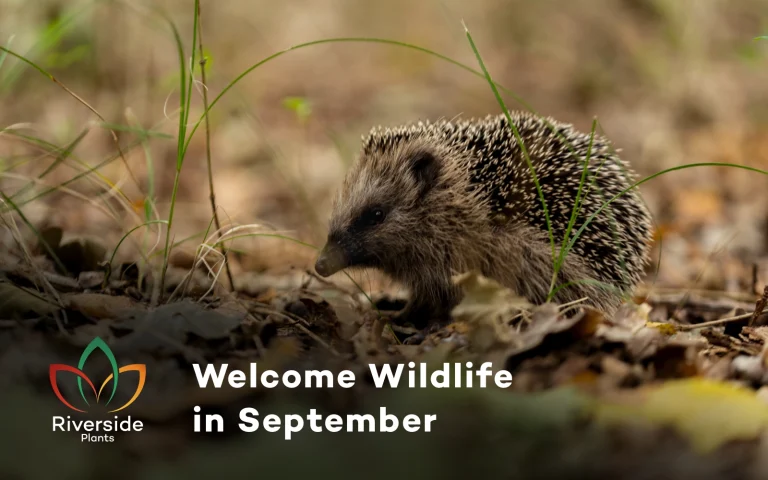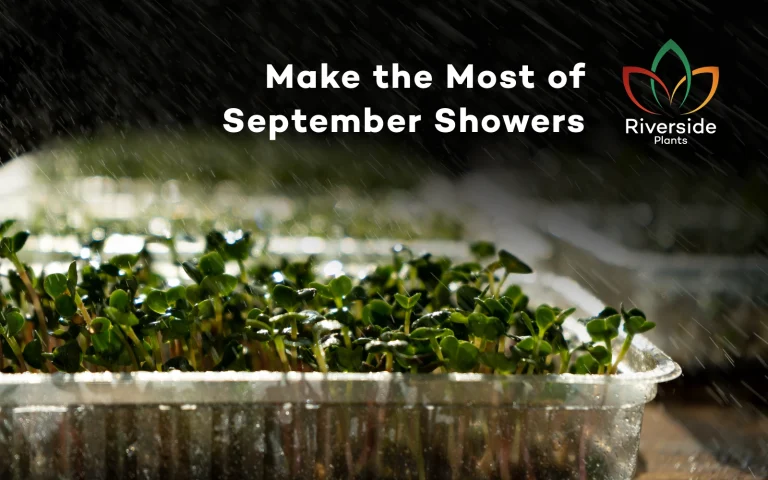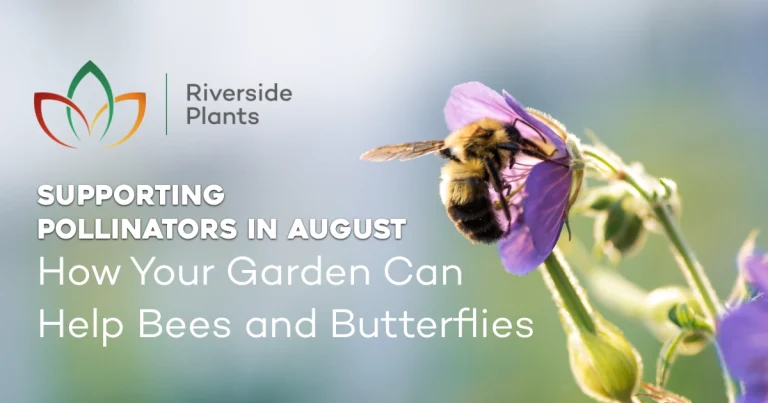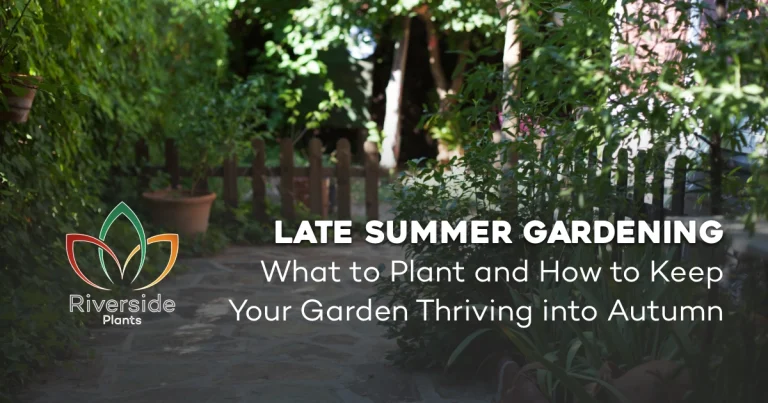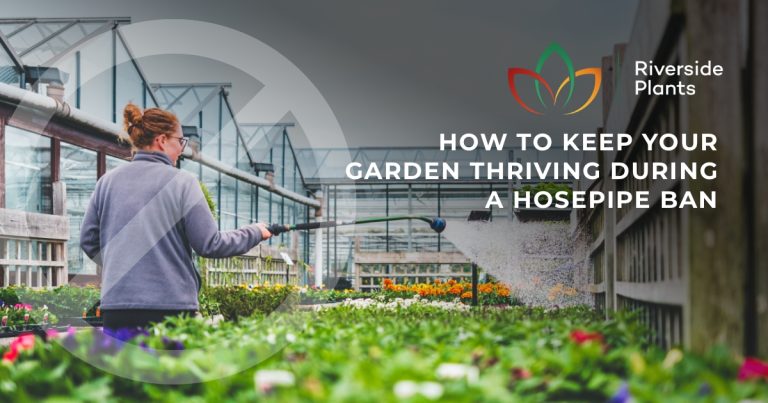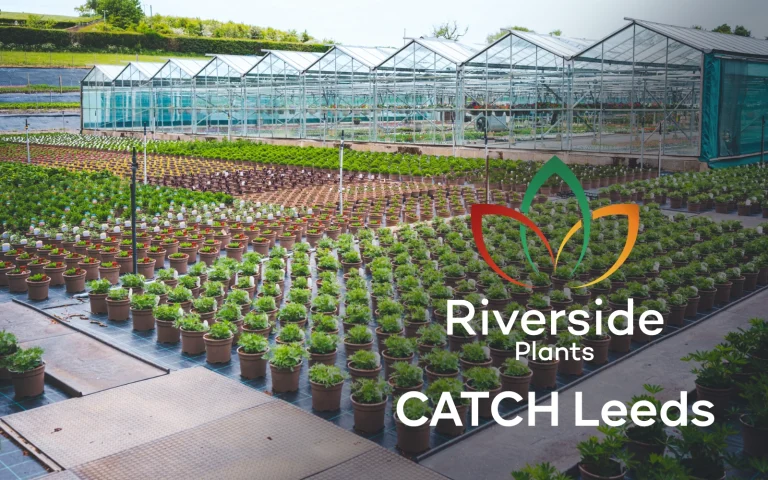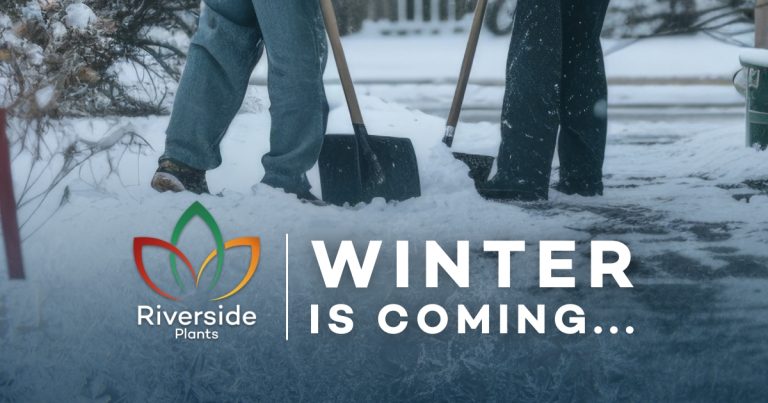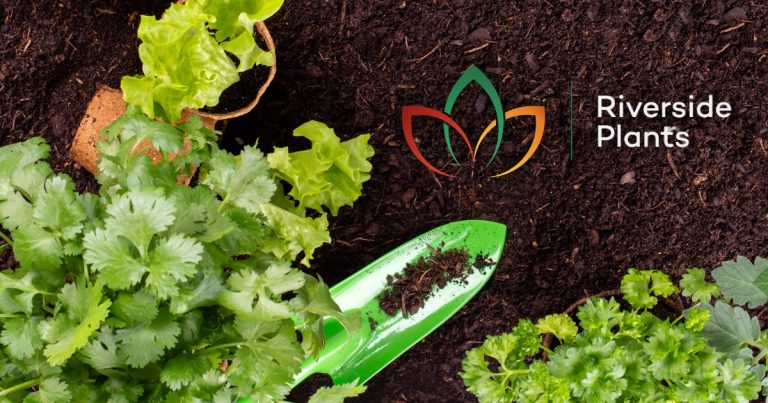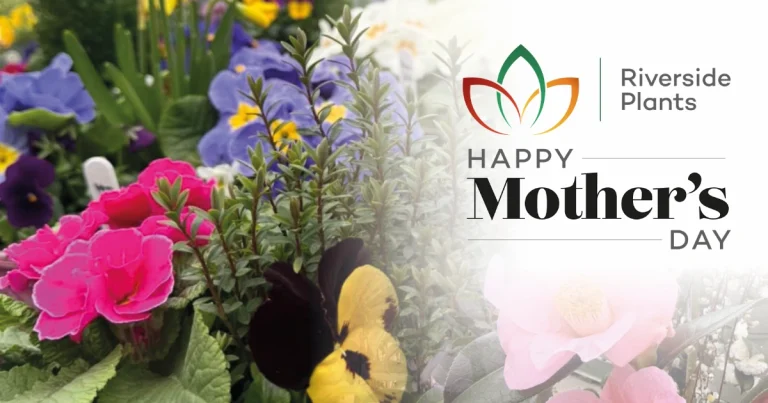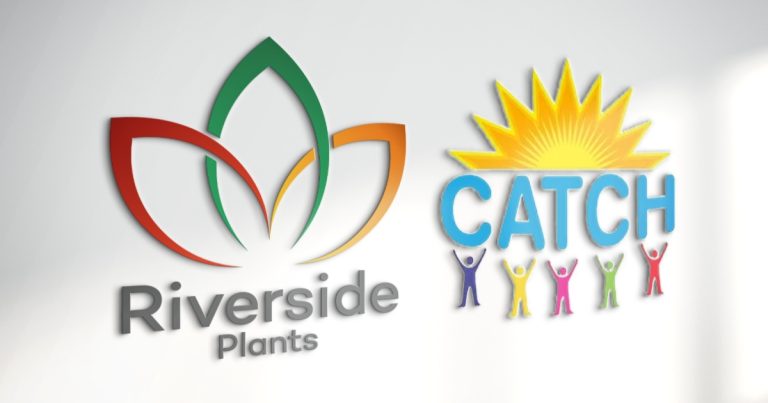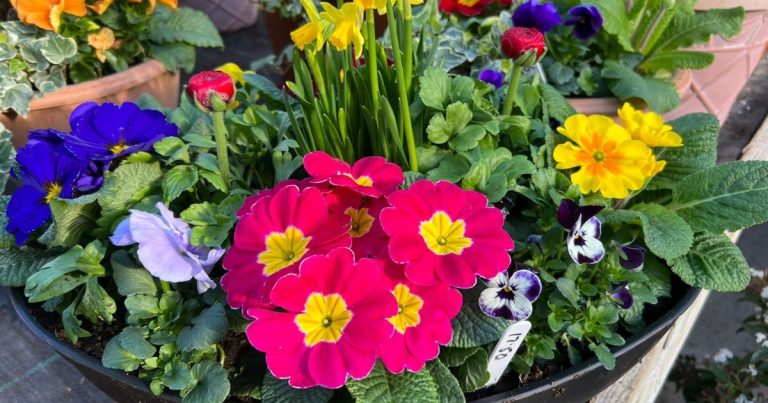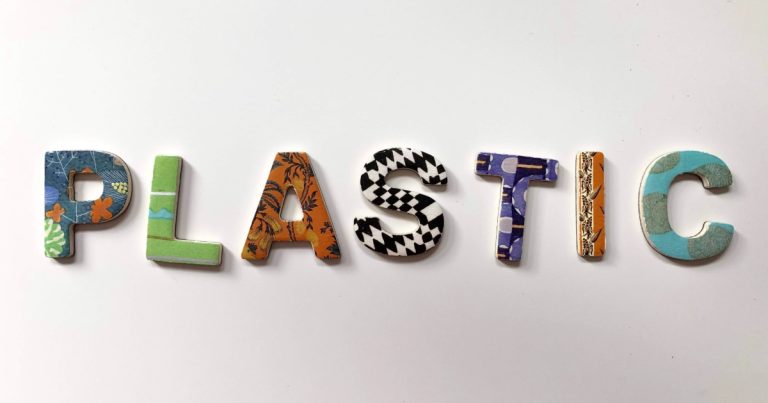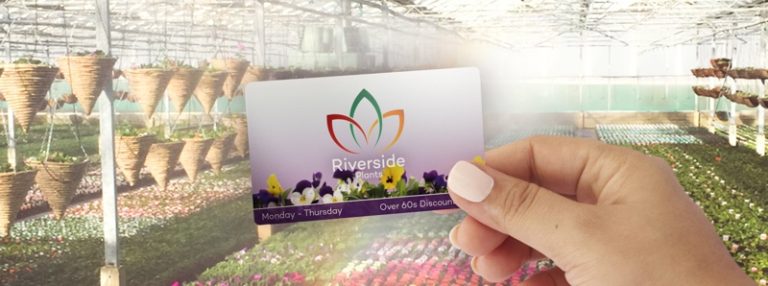As summer begins its slow shift toward autumn, your garden can still play a vital role in supporting pollinators. At Riverside Plants, we’re passionate about helping customers create beautiful, thriving outdoor spaces that also provide much-needed food and shelter for bees, butterflies, and other beneficial insects.
August might feel like the tail end of the season, but it’s actually one of the most important times of year for pollinators. Here’s how you can help, and which plants will bring your garden to life.
Why Supporting Pollinators is Important in Late Summer
While spring and early summer offer an abundance of pollen and nectar, late summer can bring a lull in natural food sources. That’s a real challenge for pollinators like bees, butterflies, and hoverflies as they work to store up vital energy reserves for winter or prepare for seasonal migration. Without sufficient blooms, they may struggle to survive the colder months ahead. By planting thoughtfully now, you’ll help close that critical gap, boosting local biodiversity, extending the beauty of your garden well into autumn, and providing a lifeline to these essential creatures when they need it most.
Late-Summer Pollinator Plant Favourites
At Riverside Plants, we stock a wide selection of plants that are proven favourites among bees and butterflies. Here are some top picks:
- Lavender: A classic pollinator plant — its long flowering season and aromatic scent make it a hit for both humans and insects.
- Verbena bonariensis: Tall, airy, and endlessly visited by butterflies and hoverflies.
- Echinacea: Its open, daisy-like flowers offer easy access for bees, and it comes in rich, joyful shades.
- Sedum (Autumn Joy): A late-flowering favourite that’s a feast for bees.
- Salvia and Agastache: These long bloomers are adored by bumblebees and come in striking blues, purples, and pinks.
- Scabiosa (Pincushion Flower): A lesser-known star, scabiosa produces continuous blooms that are highly attractive to pollinators.
Ask us in-store for our pollinator picks – we’re always happy to guide you toward the right choices for your space.
Tips for Creating a Pollinator-Friendly Garden
- Avoid using pesticides where possible — especially systemic insecticides.
- Mix up your planting to provide blooms from early spring through late autumn.
- Leave some areas undisturbed, with logs or stones, to provide shelter and nesting spots.
- Use single-flowered varieties — pollinators often find them easier to access than heavily bred double flowers.
- Add water — a shallow dish with stones or pebbles can help bees stay hydrated.
Small Space? No Problem.
Even a small patio or balcony can help pollinators. Try filling a few containers with nectar-rich plants like hebe, lavender, or dwarf buddleia. Grouping plants together makes them easier for insects to find, and the visual impact is beautiful too. Vertical gardening, hanging baskets, and window boxes are also great ways to maximise limited space. Choose a mix of flower shapes and colours to attract a wider variety of pollinators, and rotate plants throughout the seasons to ensure continuous blooms. Even a tiny space, when planted with care, can become a vital feeding station for bees and butterflies.
Be Part of the Buzz
Creating a pollinator-friendly garden isn’t just good for wildlife, it’s deeply rewarding for gardeners too. Watching bees hum from bloom to bloom or a butterfly bask in the sun brings a sense of peace and connection to the natural world.
At Riverside Plants, we believe gardens can be both ornamental and ecological. By planting a few well-chosen varieties, you’ll be making a real difference, and enjoying more colour, life, and movement in your garden.
Visit us this week and let us help you build a garden that bees and butterflies will love, and that you’ll love even more.

